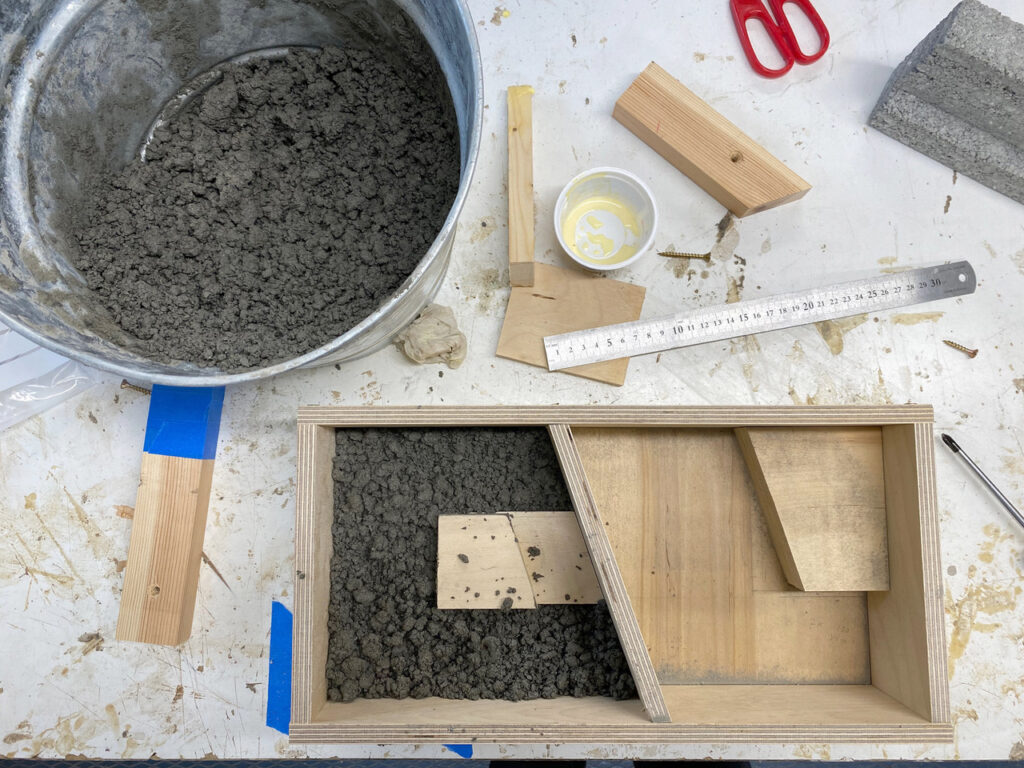Prof. Lisa Moffitt awarded SSHRC grant for rammed earth research
October 25, 2024
Associate Professor Lisa Moffitt has been awarded a grant from the Social Sciences and Humanities Research Council (SSHRC) for research aimed at advancing the design and construction of rammed-earth buildings.
The two-year, $58,425 Insight Development Grant is for a project called Earth Work: Architecture’s Regenerative Material Models. Associate Professor Sheryl Boyle is a research collaborator.
“In the widest sense, the project aims to support transitioning from high embodied carbon, mass-industrialized construction processes to natural, low-carbon, hyper-local construction processes,” says Dr. Moffitt.
“The project aims to prompt conversation and debate about the viability of earth, and other natural building material systems, in cold, regulated building contexts such as those across Canada,” she says.
Four part-time research assistants are working on the project: Master of Architecture students Olive Lazarus, Ann-Catherine Lemonde, and Vincent Tourangeau, and PhD in Architecture student Sharmeen Dafedar. Two recent Master of Architecture graduates, Cameron Penney and Nadia Kriplani, serve as consultants.




Over two years, the research team will construct and document 16 speculative models using rammed earth as the material for the model. They will test three different design concerns associated with rammed earth construction.
- Site models will explore the relationship between material extracted and material constructed on site.
- Form models will explore expanded possibilities of rammed earth wall configurations, focusing on varying wall thicknesses, working with non-orthogonal geometries, and creating spatial and thermal pockets.
- Section models will build on previous site and form models to develop speculative wall sections that interface with foundations and roofs
“Physical models facilitate architectural design ideation and communication, enabling rapid testing of spatial ideas that are legible to a wide audience,” says Moffitt.
In addition to advancing the design possibilities of rammed earth, the project also contributes to a current discussion about the role of materials in physical models, she says.
The researchers will present the completed studies to a wider audience through an online book and a physical exhibition.
“Architecture students and practitioners of architecture and allied disciplines with interest in natural or regenerative material systems will benefit from knowledge created by this research,” says Moffitt.
“Models make complex spatial and material ideas accessible, and therefore the research will also benefit a wide lay audience, effectively anyone with an interest in natural building materials.”